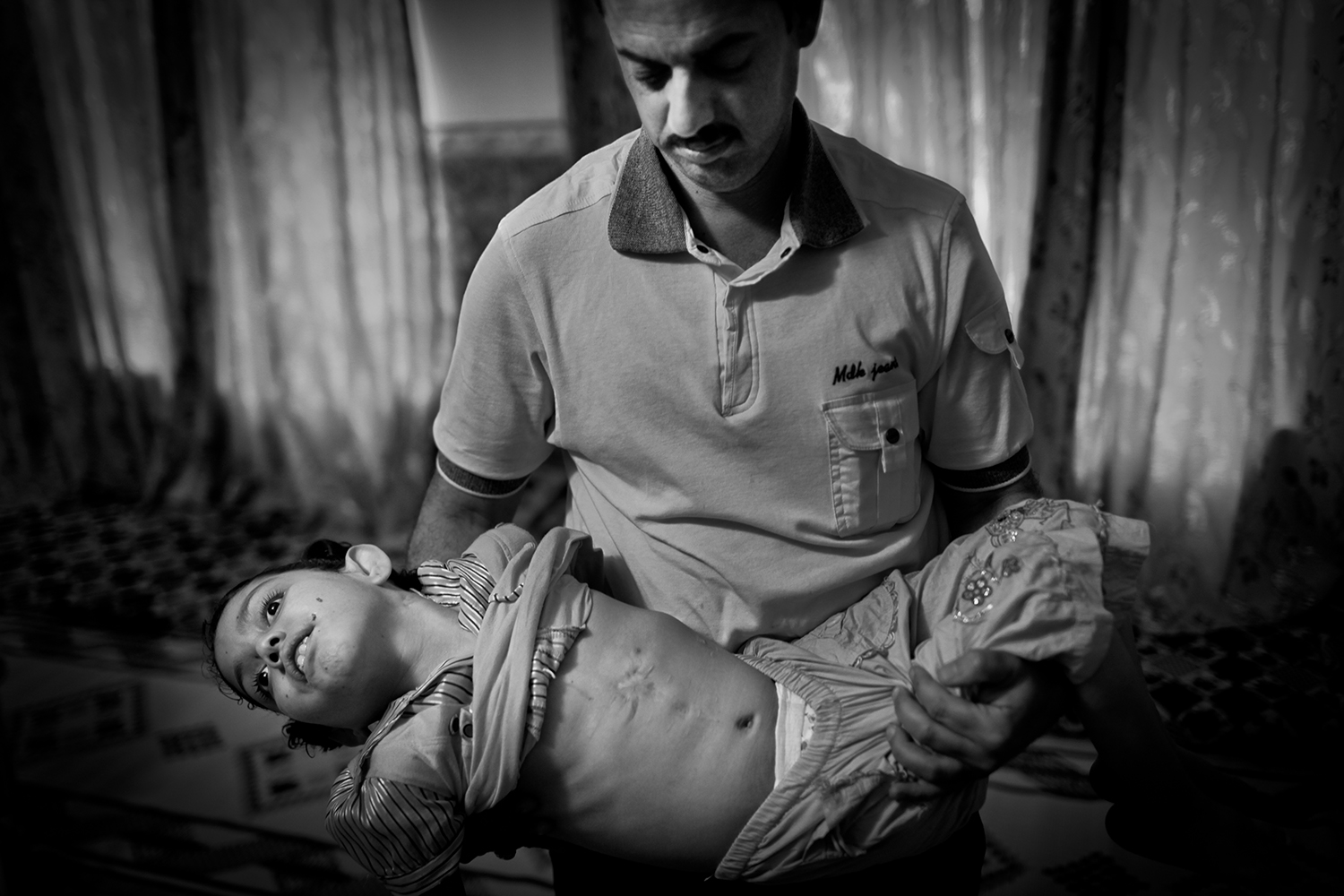
Photojournalist Christian Werner made the following images on two trips to Iraq in 2012.
On a gray day in April 2012, an elderly woman walked out of the Sadr Teaching Hospital in Basra carrying two plastic bags. Once across the road, she crept through hundreds of small piles of concrete, each marking a grave in the children’s cemetery, and into a small room. Her daughter had just given birth to two stillborn fetuses and asked her to immediately bury the bodies. The woman gently laid the bags on a stone table, then left. A man untied the bags, poured a bucket of water over the corpses as he hummed a Koranic verse, wrapped them in white linen and placed them in the ground.
German photojournalist Christian Werner witnessed four of those burials during his first trip to Iraq. He was there to document what some believe may be the effects of contamination from metals in munitions fired during the Gulf War and the war in Iraq, namely depleted uranium. Forty percent less radioactive than natural uranium, but just as chemically toxic, it was used by U.S.-led coalition forces in shells to pierce the enemy’s armored tanks and as reinforcement in their own against weaker enemy firepower. Depleted uranium can enter the body through the ingestion or inhalation of particles created upon impact, contaminated wounds or shrapnel fragments. Whether anything happens as a result—some studies have looked into links between depleted uranium and higher rates of leukemia or other cancers, as well as spikes in congenital birth defects—is heavily debated.
One study published in 2012 found that the rate of defects at a maternity hospital in Basra increased 17-fold between 1994 and 2003. The team of Iraqi and Iranian researchers, including an environmental toxicologist who used to work at the University of Michigan School of Public Health, concluded that the shelling of Basra and Fallujah “may have exacerbated” pre-natal exposure to metals, “possibly culminating in the current epidemic of birth defects.” Higher lead levels were found in the hair of parents in Basra whose children had birth defects than those with normal offspring, and the enamel of a fallen-out tooth from a child with birth defects had nearly three times the lead than the whole tooth of a child from an unaffected area. No official cause was determined.
Another report released in September by Iraq’s Ministry of Health and supported by the World Health Organization noted a sharp increase in reported birth defects from 1988 to 1992 (7.6 per 1,000 births) and 2003 to 2007 (26.2 per 1,000 births). Yet, its finding of “no clear evidence to suggest an unusually high rate of congenital birth defects in Iraq” was panned because it relied largely on self-reporting rather than medical data.
Many Western researchers consider evidence that links depleted uranium to negative health circumstantial at best. Something is happening, as Werner documented, but not everyone agrees what it is.
Bernard D. Rostker, a senior fellow at the RAND Corporation and former Special Assistant for Gulf War Illnesses to the Deputy Secretary of Defense, said there is “no science” behind claims of poor health from exposure to depleted uranium. Rostker cited several reports by the Institute of Medicine, an independent nonprofit that provides advice to the government and private sector on public health issues, which couldn’t find enough evidence to determine whether exposure caused health problems reported by veterans. “It’s bogus,” he told TIME.
Werner, 26, a fierce critic of the wars, learned about depleted uranium years ago while browsing conspiracy theory and alternative media websites. But, unable to find many mainstream news reports, and despite having come across the reports suggesting there were no ill effects from exposure to depleted uranium, “I thought someone has to be wrong so I just wanted to see it for myself.” Werner set aside $7,000 and planned to stay a month that April, traveling to Baghdad and then Fallujah and Basra.
At the general hospital in Fallujah, Werner saw in front of him the subjects of the pictures he had looked at for years: People with deformities that made it difficult for him not to turn away. Days later, he went to Basra. Doctors there were willing to help him take pictures if it meant bringing attention to their patients’ plight and his young driver would later introduce him to a family whose three children each had a deformed eye. Werner’s funds ran out after only nine days in Iraq, but he felt he had enough to tell his story and returned home.
Months later, after processing what he had seen, Werner showed the work at a German photojournalism festival. The publication Der Speigel sent him back to Basra with a writer that October to work on a special multimedia report. In March, Werner won a Magnum Foundation Emergency Fund grant, which supports photographers who document under-covered social issues and which he hopes to use to continue the project in other parts of the world.
“I hope the people who are seeing these pictures will open their eyes and will think about how the war isn’t finished when troops go home, that people are suffering for decades on,” he said, adding that he hopes his work will influence more researchers to look into the matter and eventually form a conclusion. “I want them to rethink, in general, the effect of war.”
Christian Werner is a photojournalist based in Nordstemmen, Germany, who recently won a Magnum Foundation Emergency Fund grant.
Andrew Katz is a homepage editor and reporter covering international affairs. Follow him on Twitter @katz.

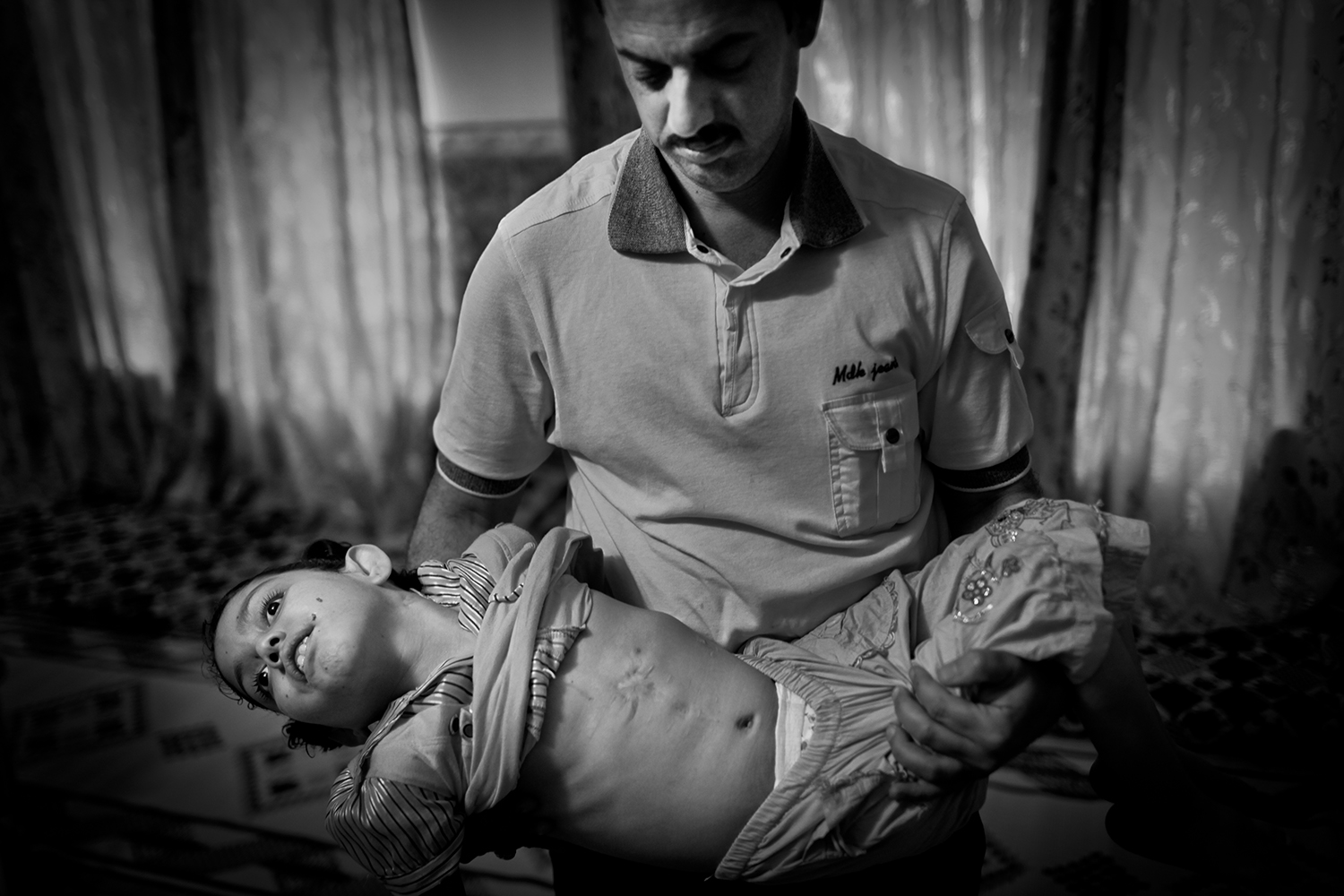
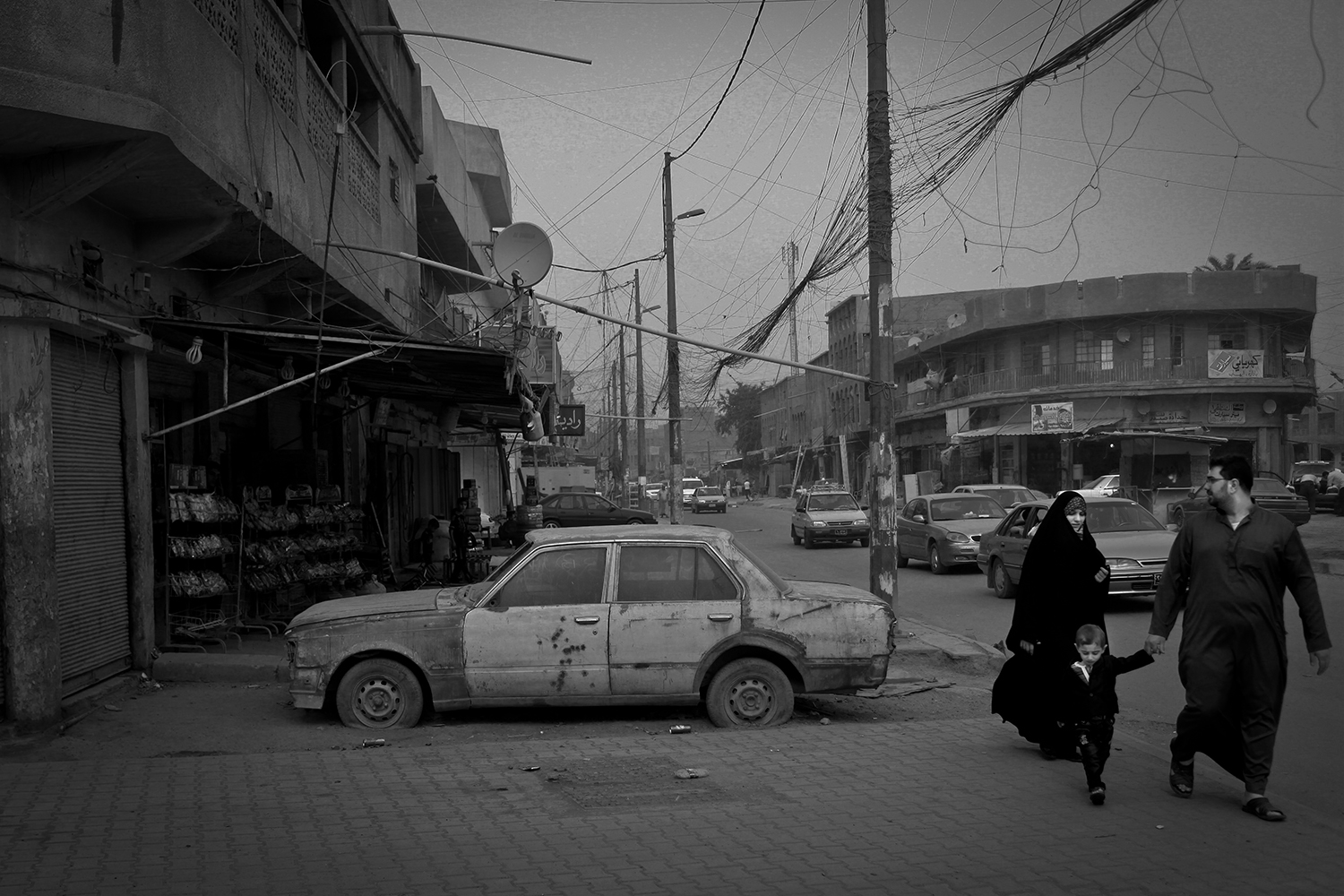
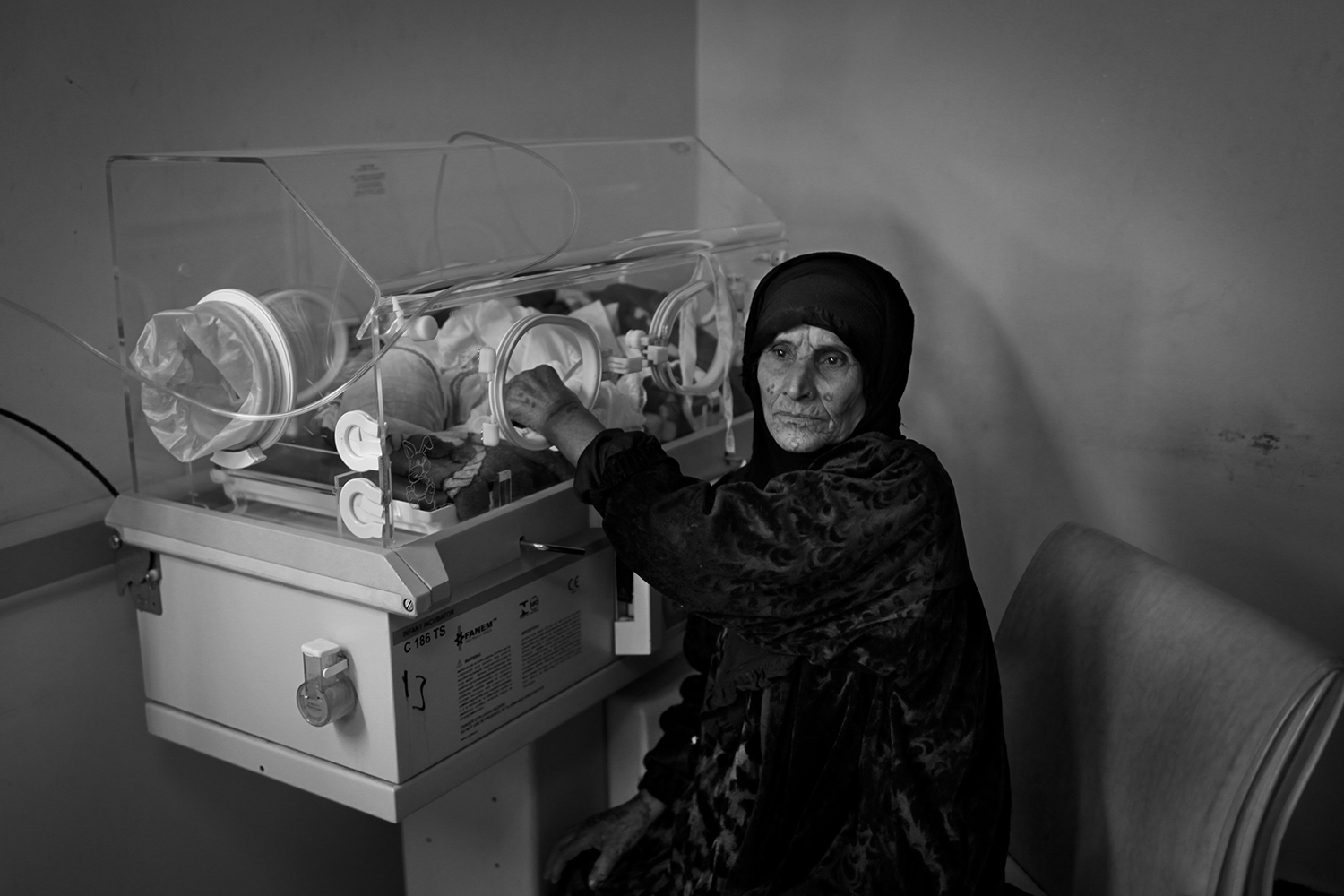
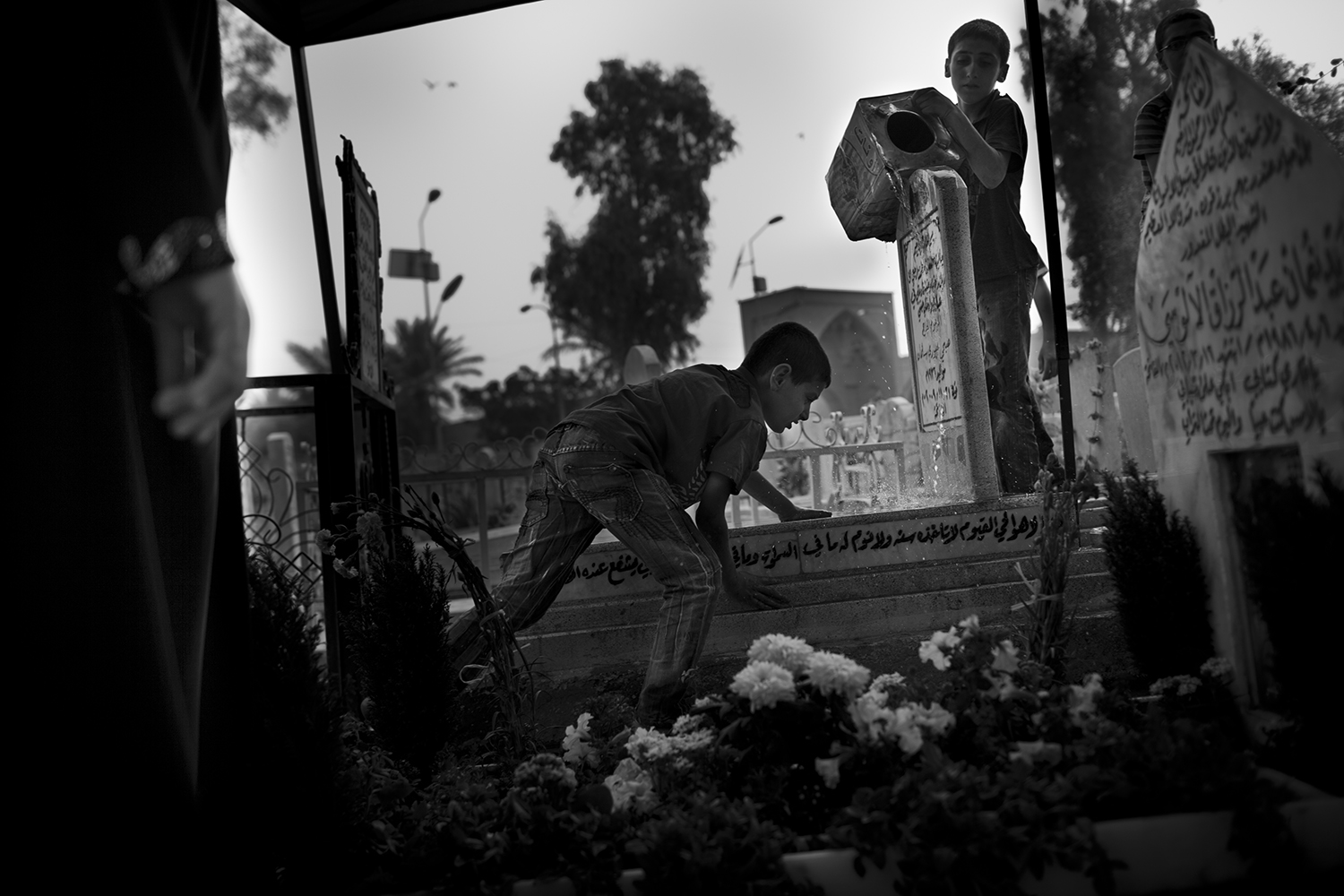
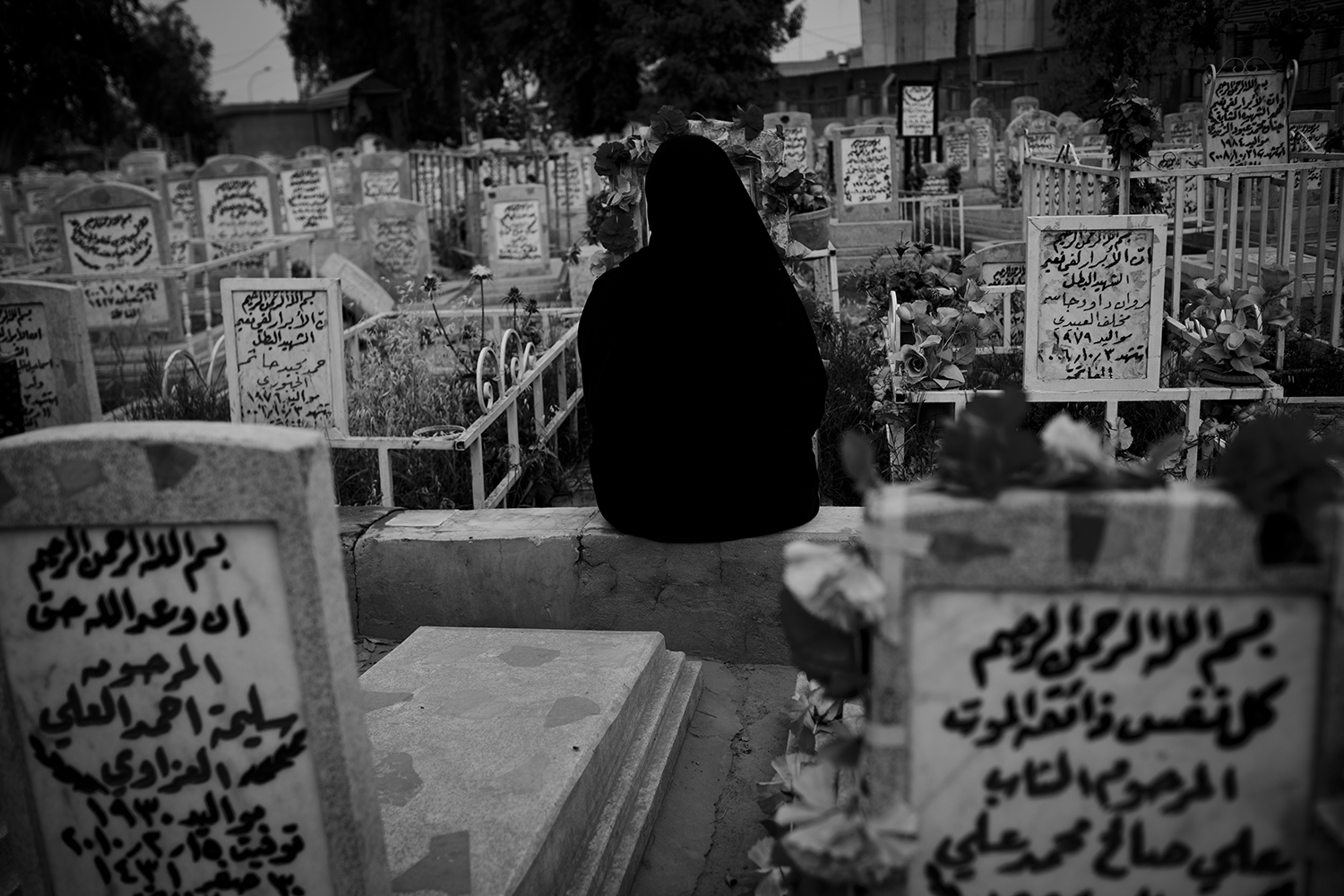
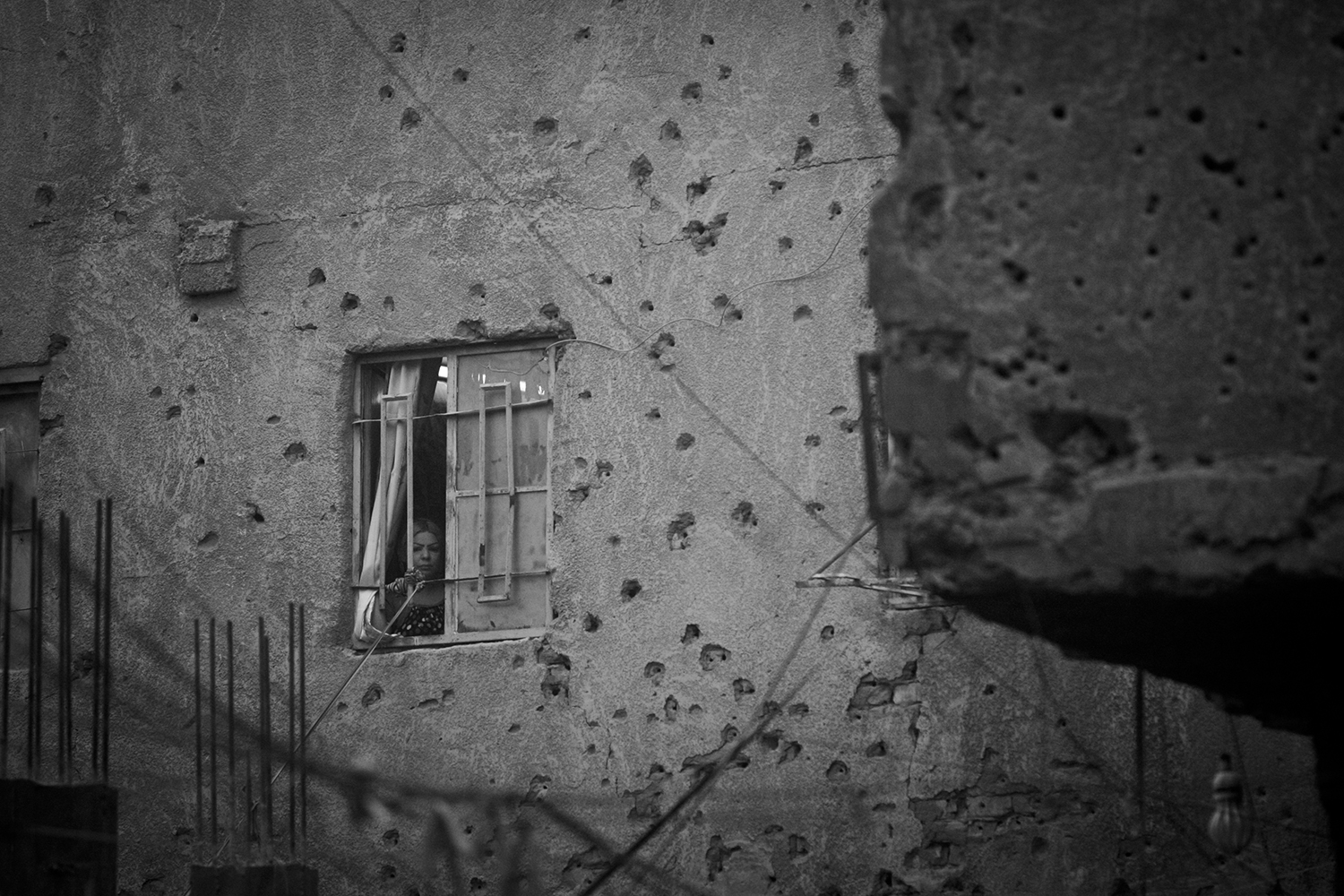
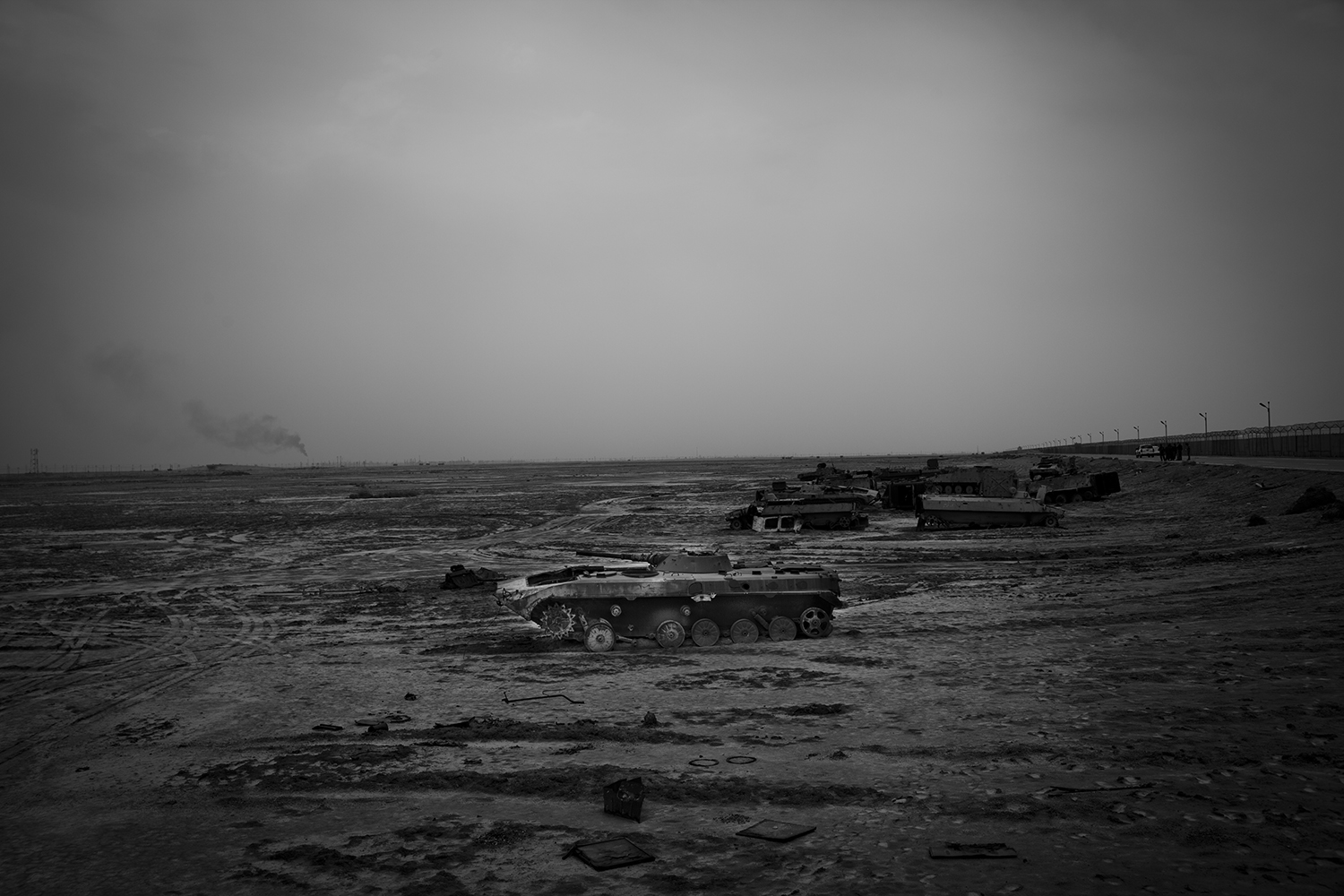
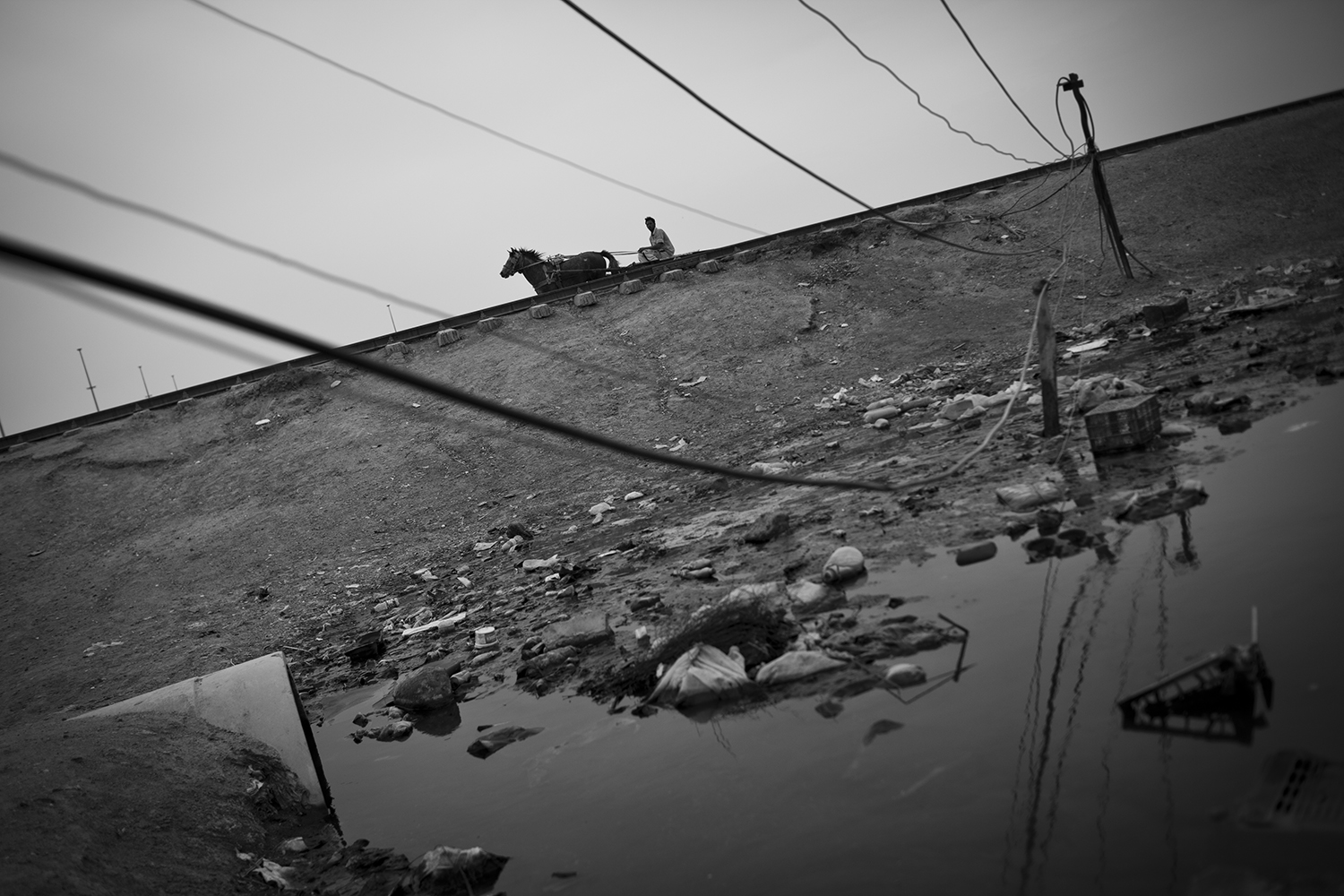
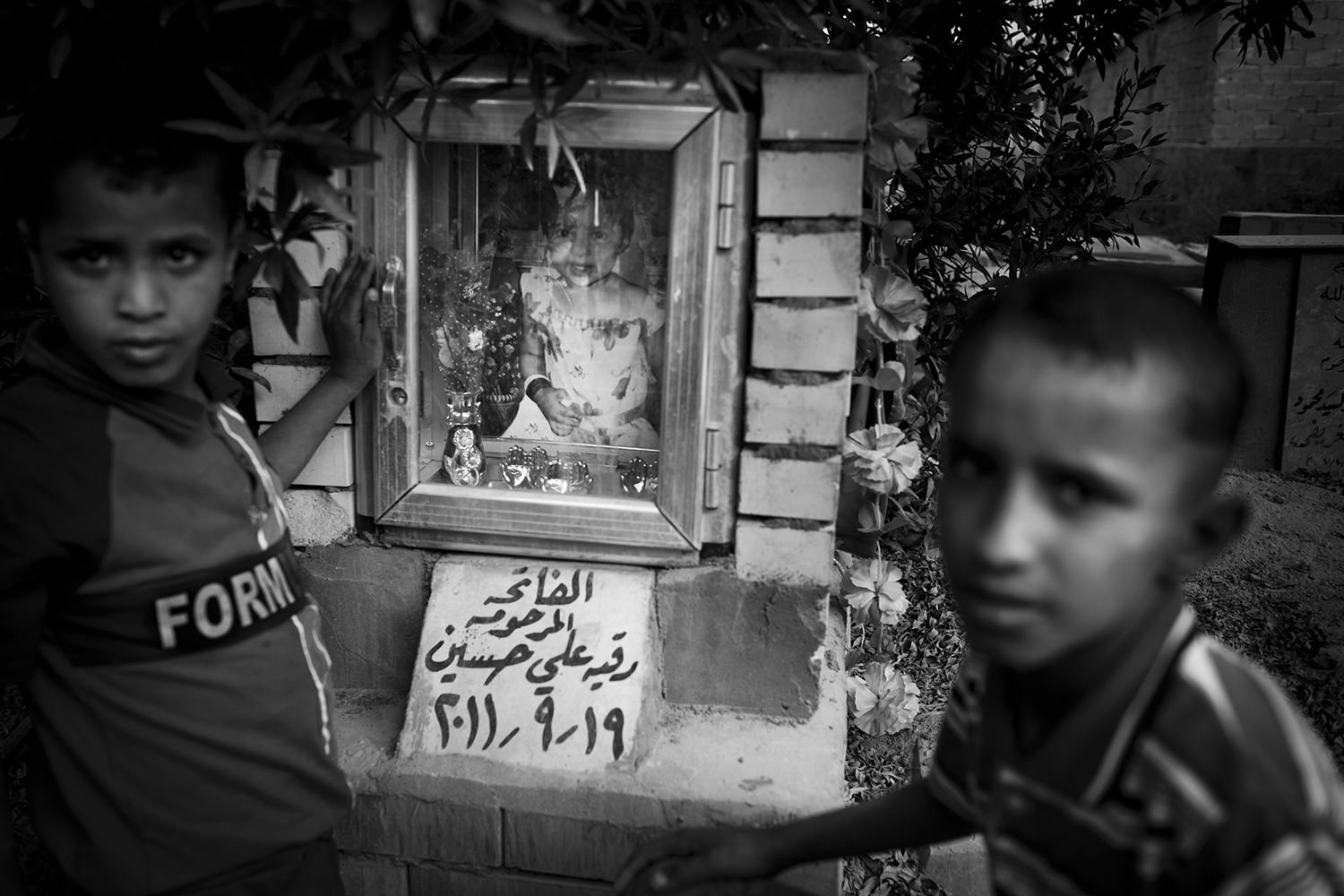
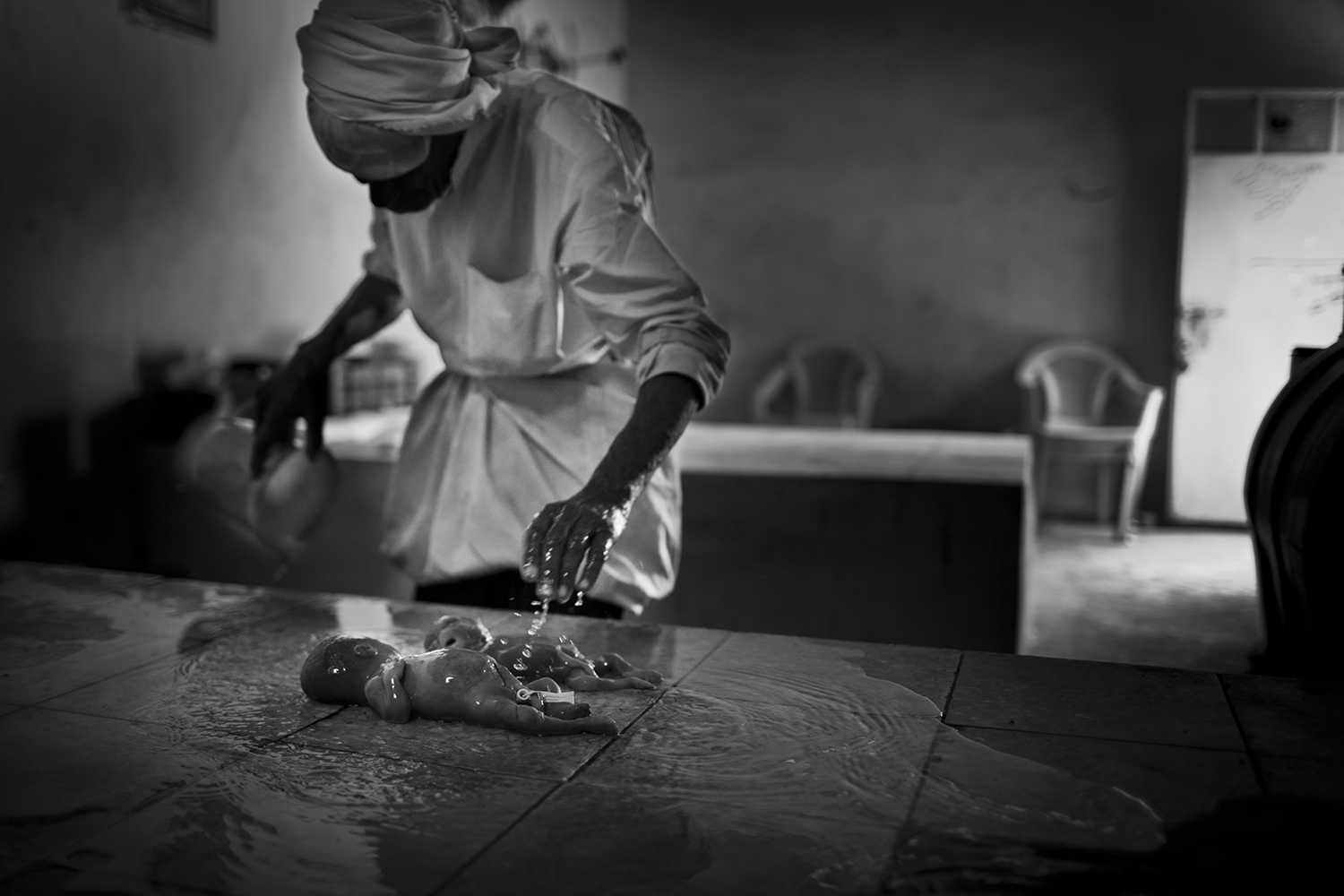
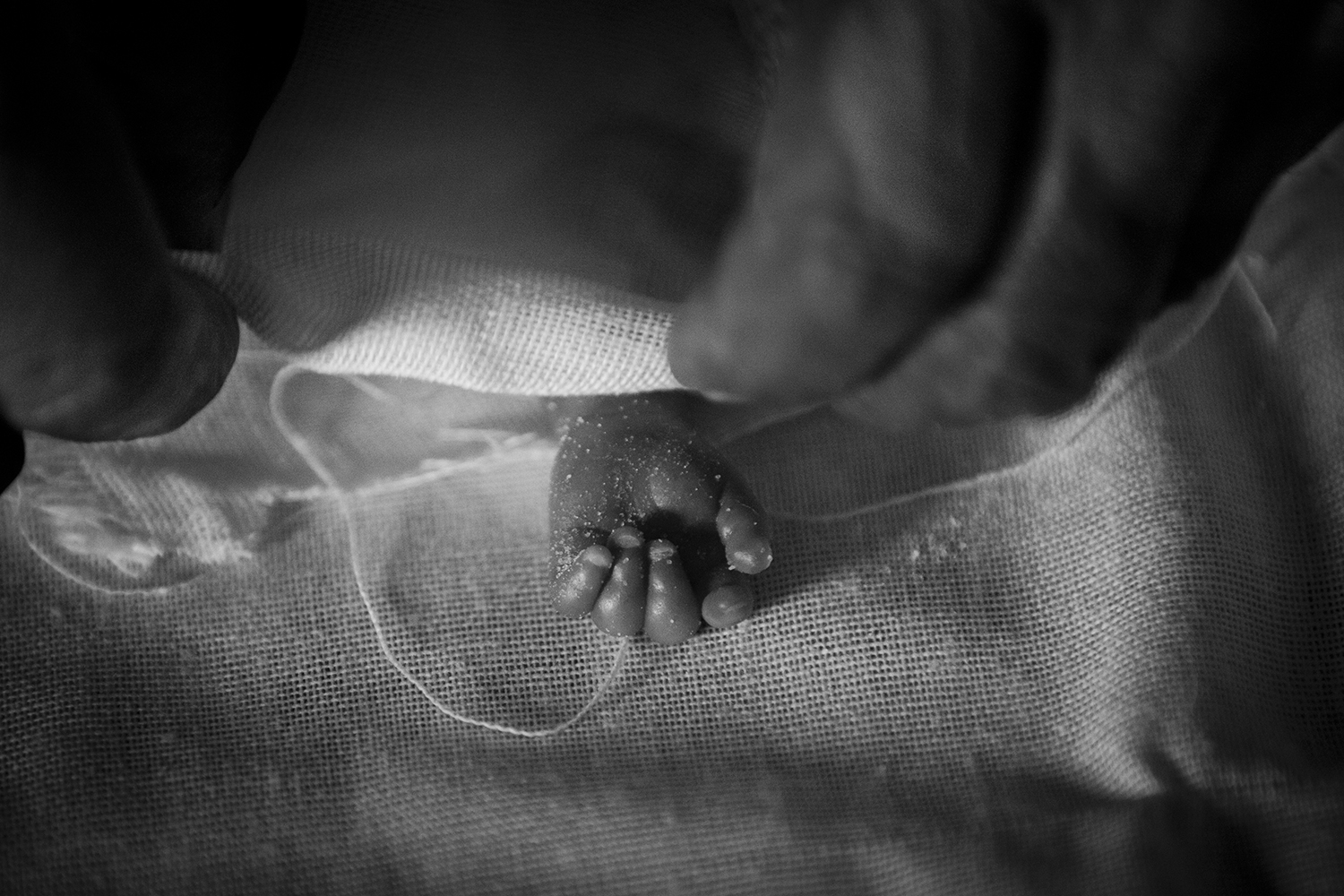
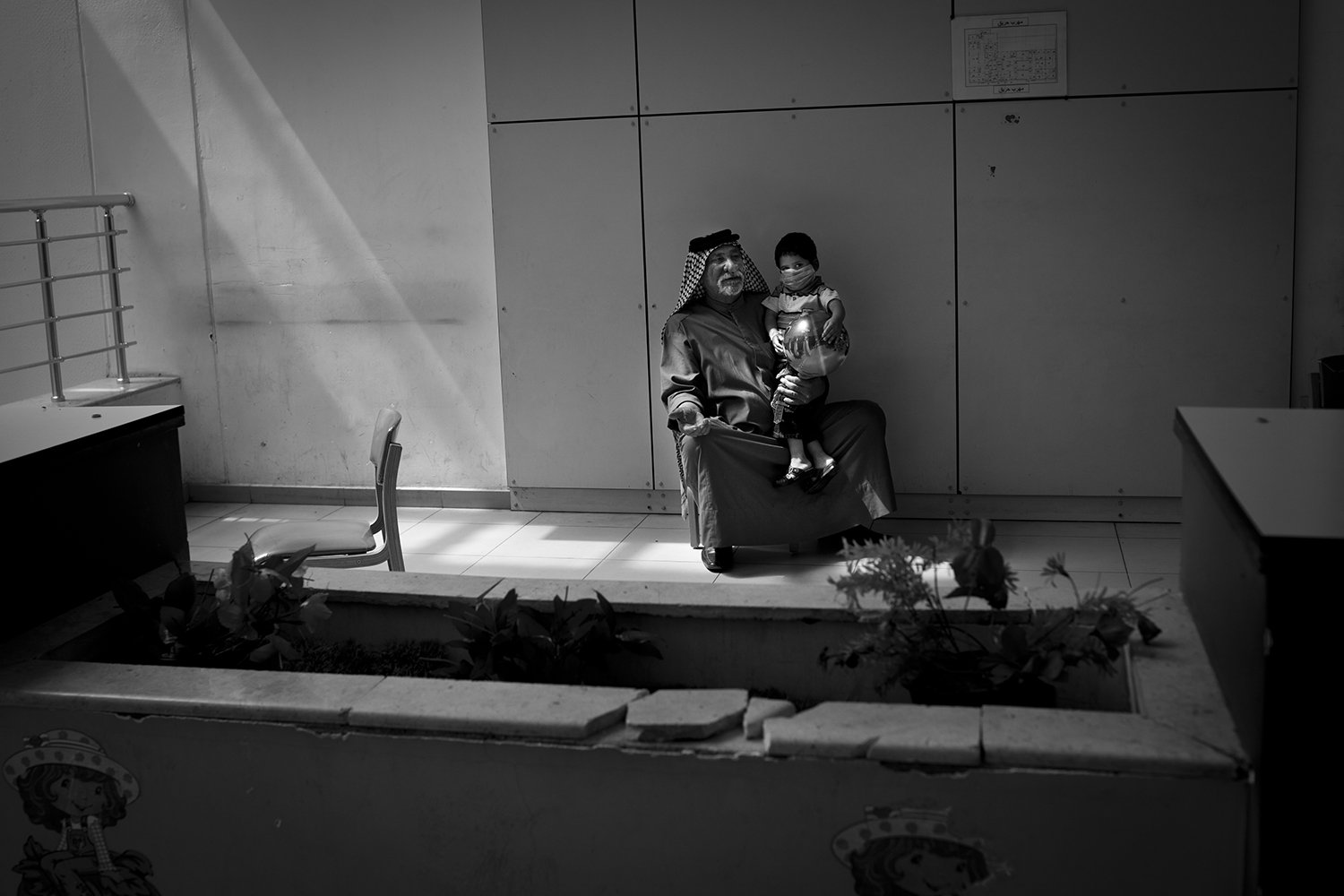
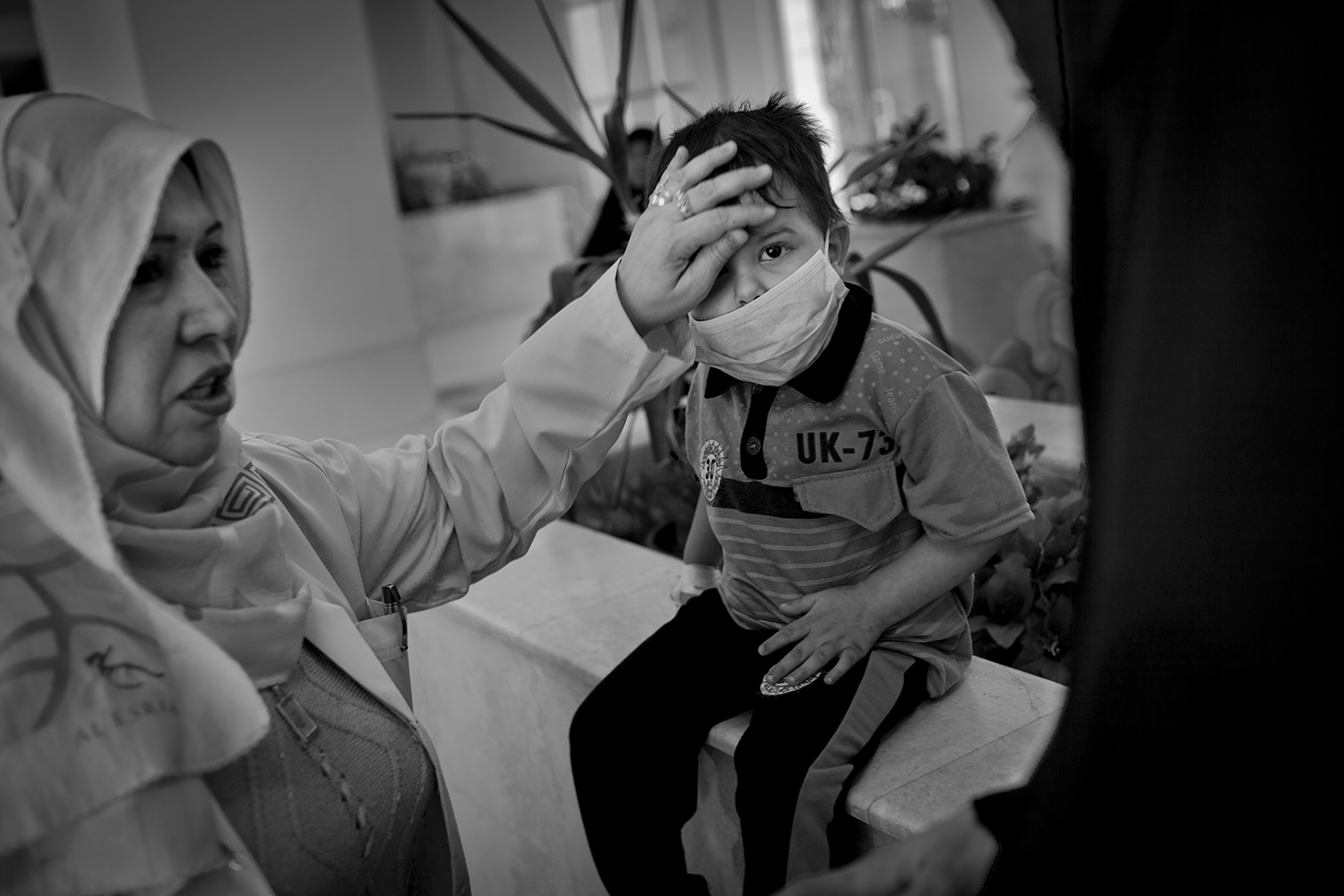
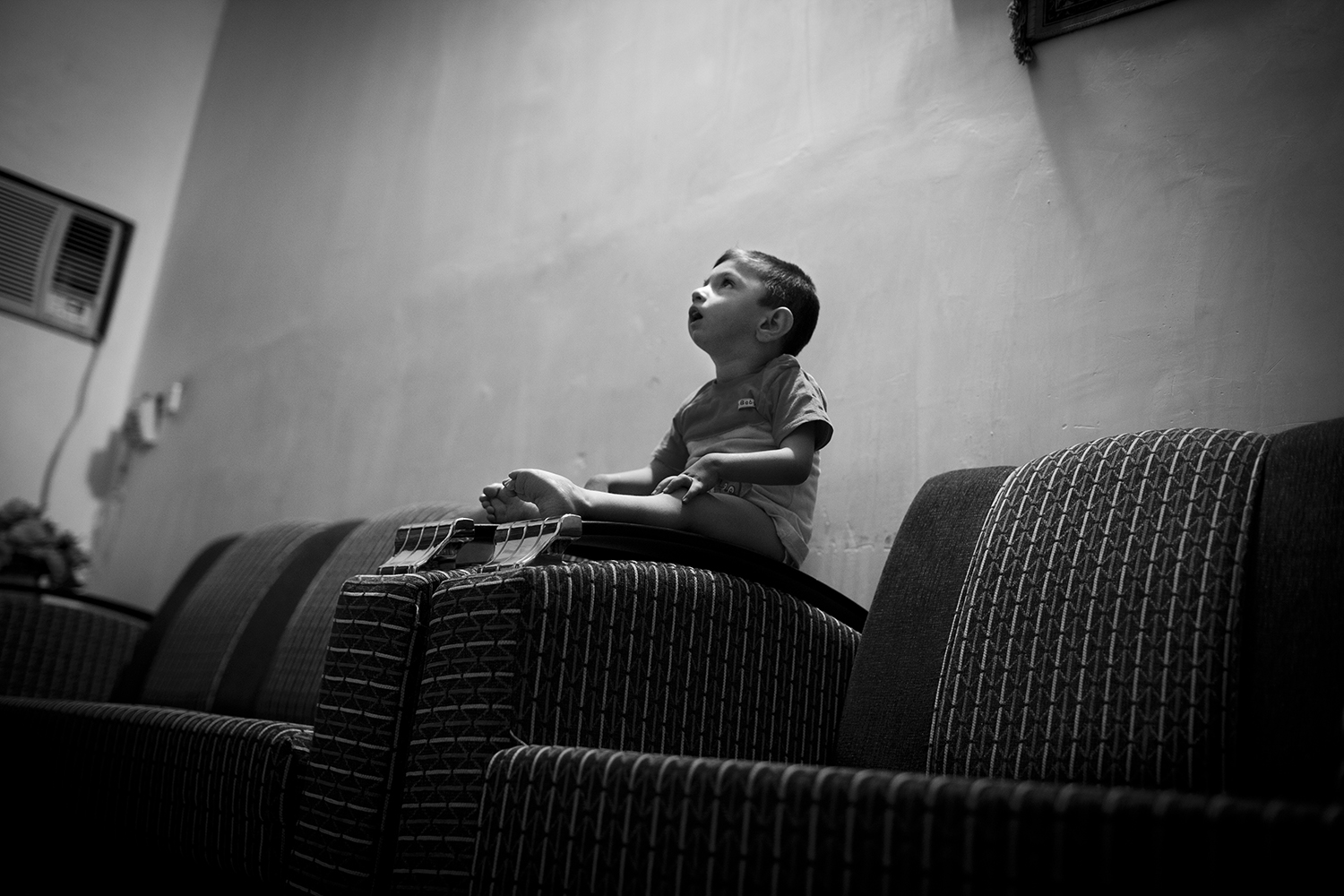
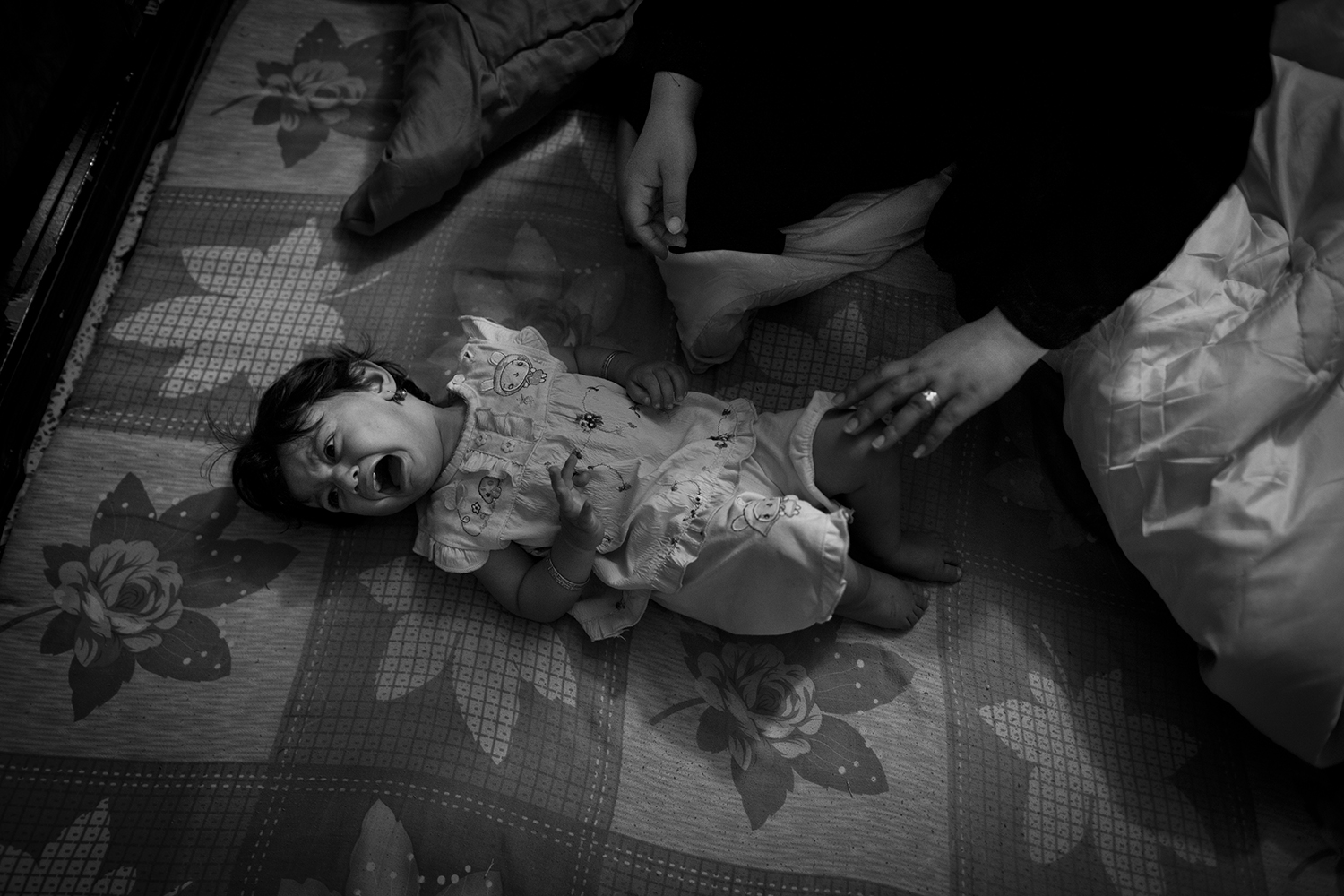
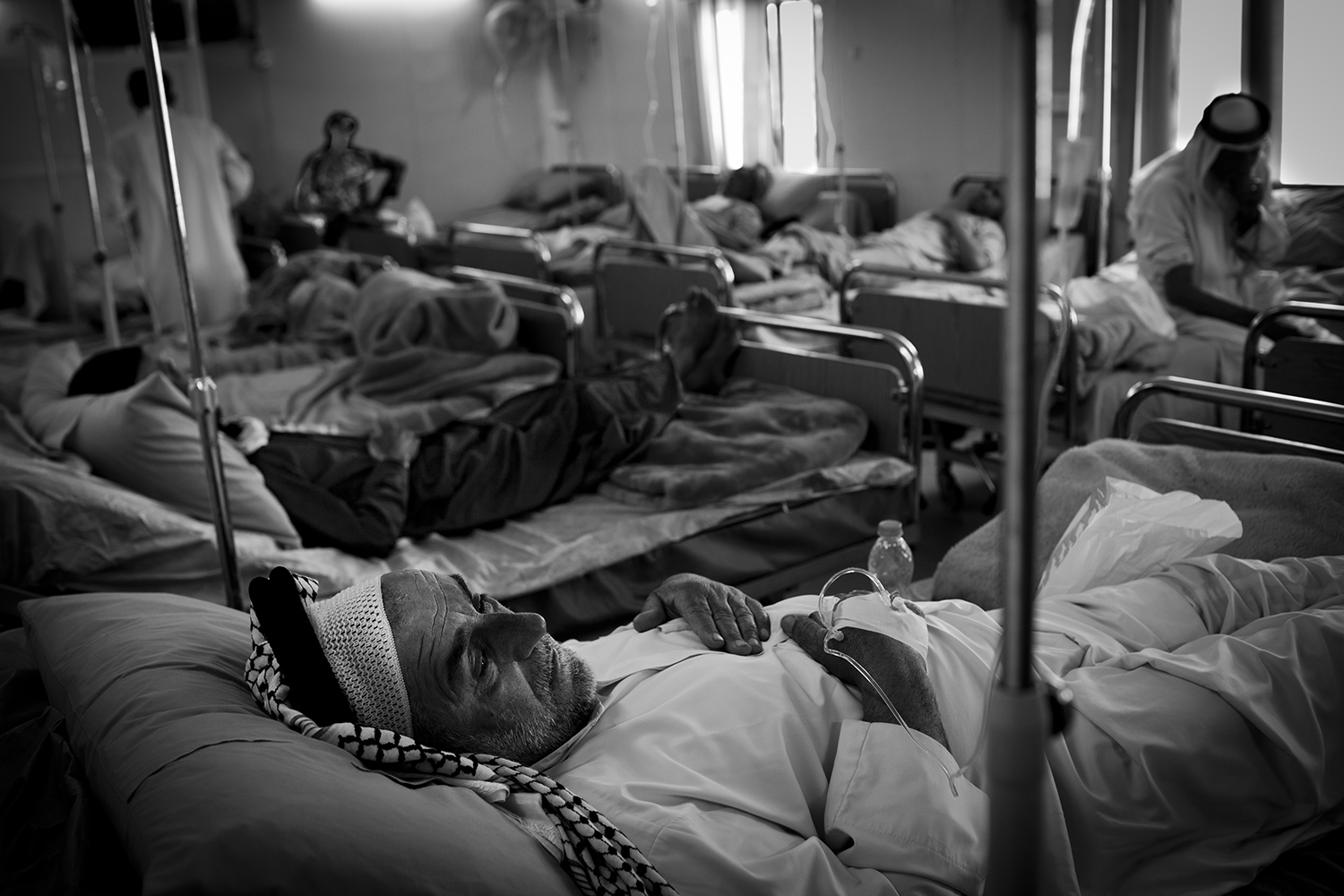

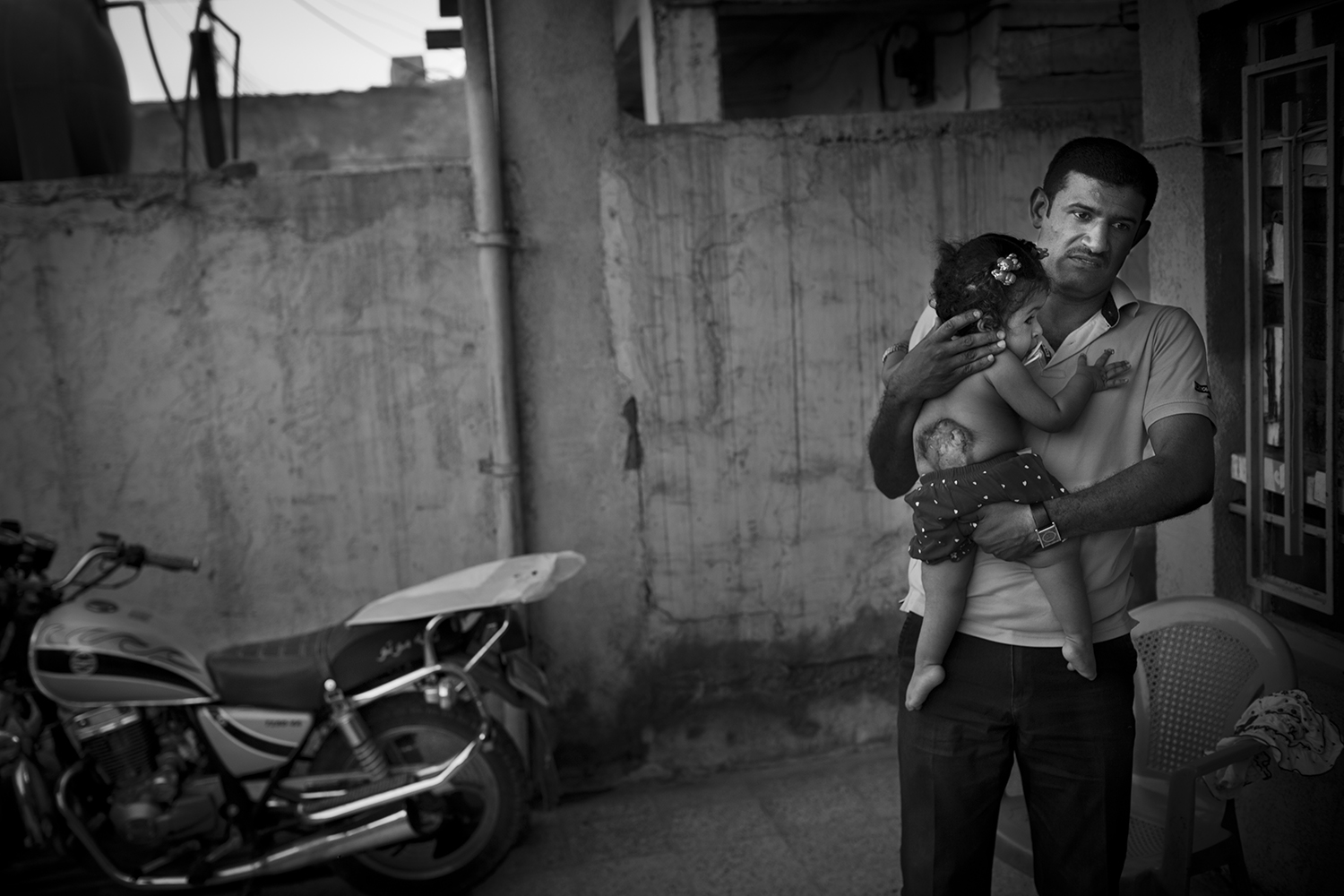
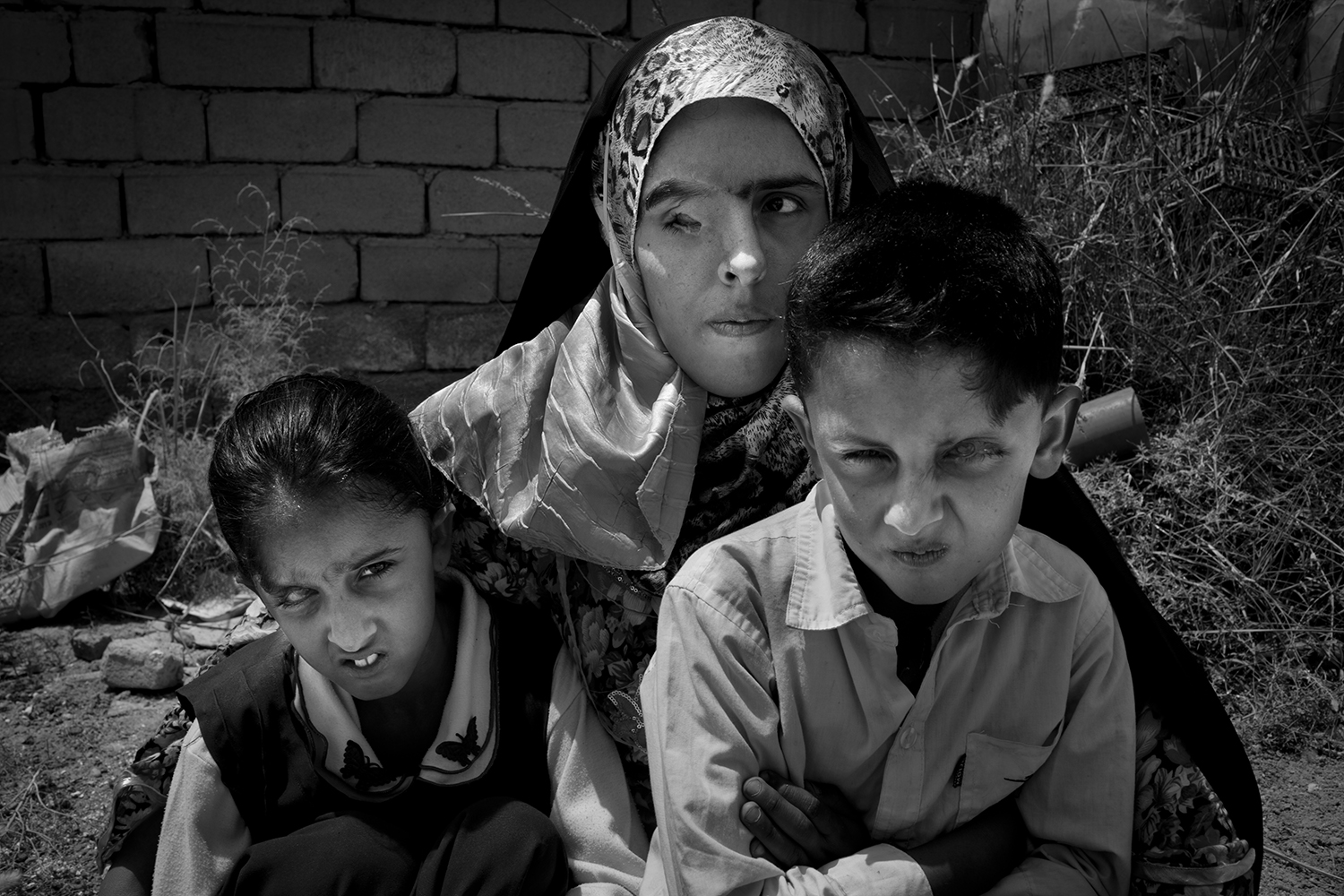
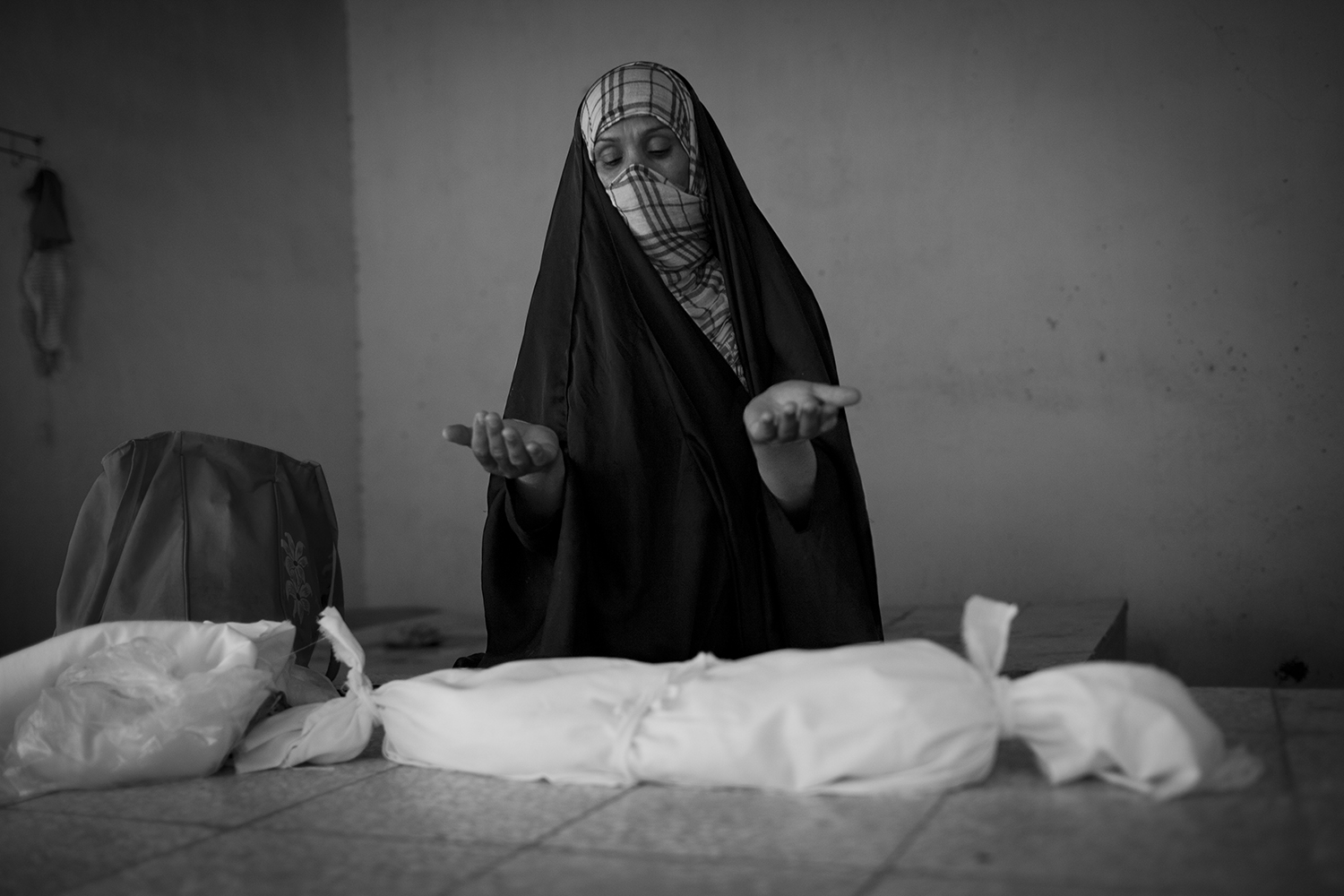
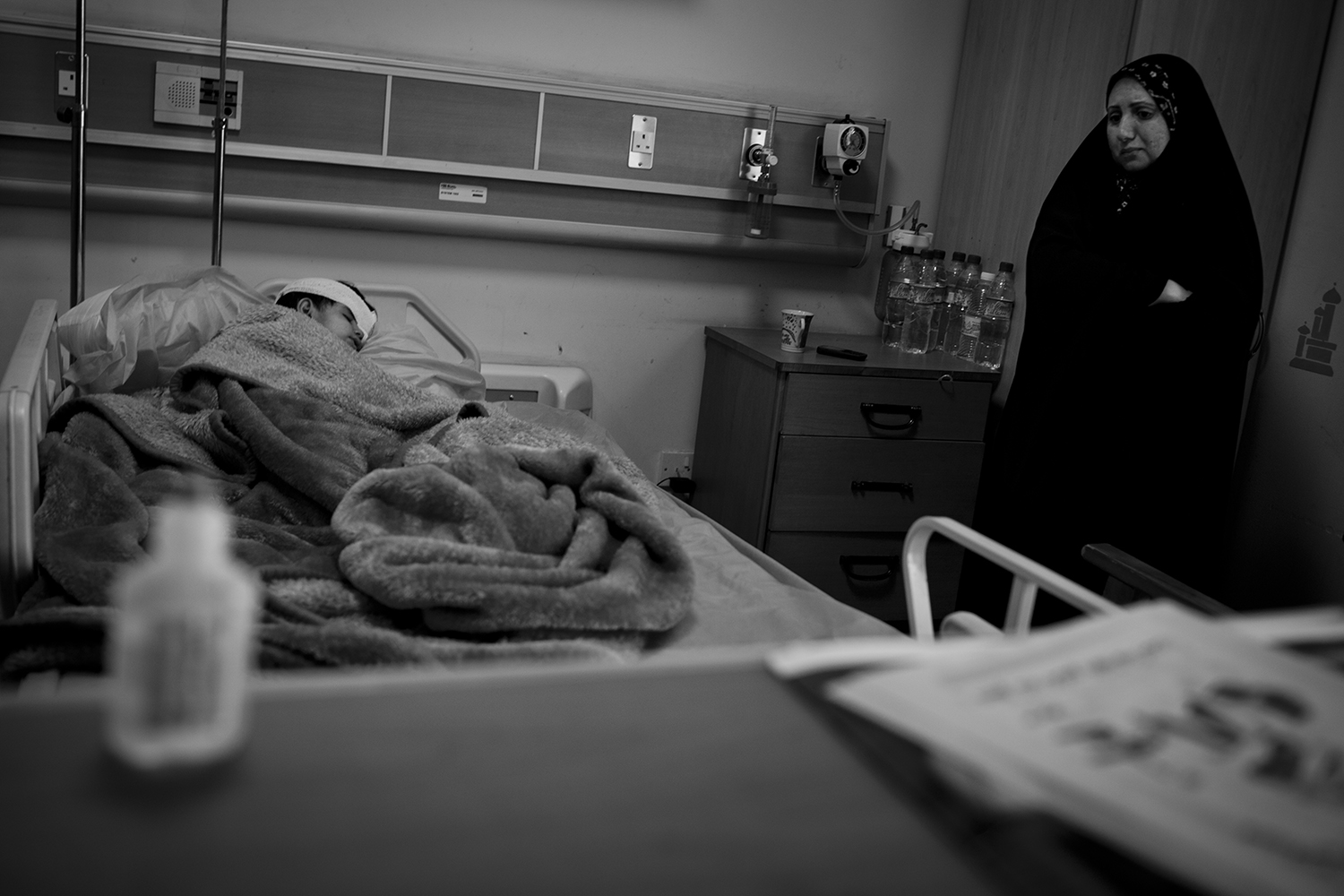
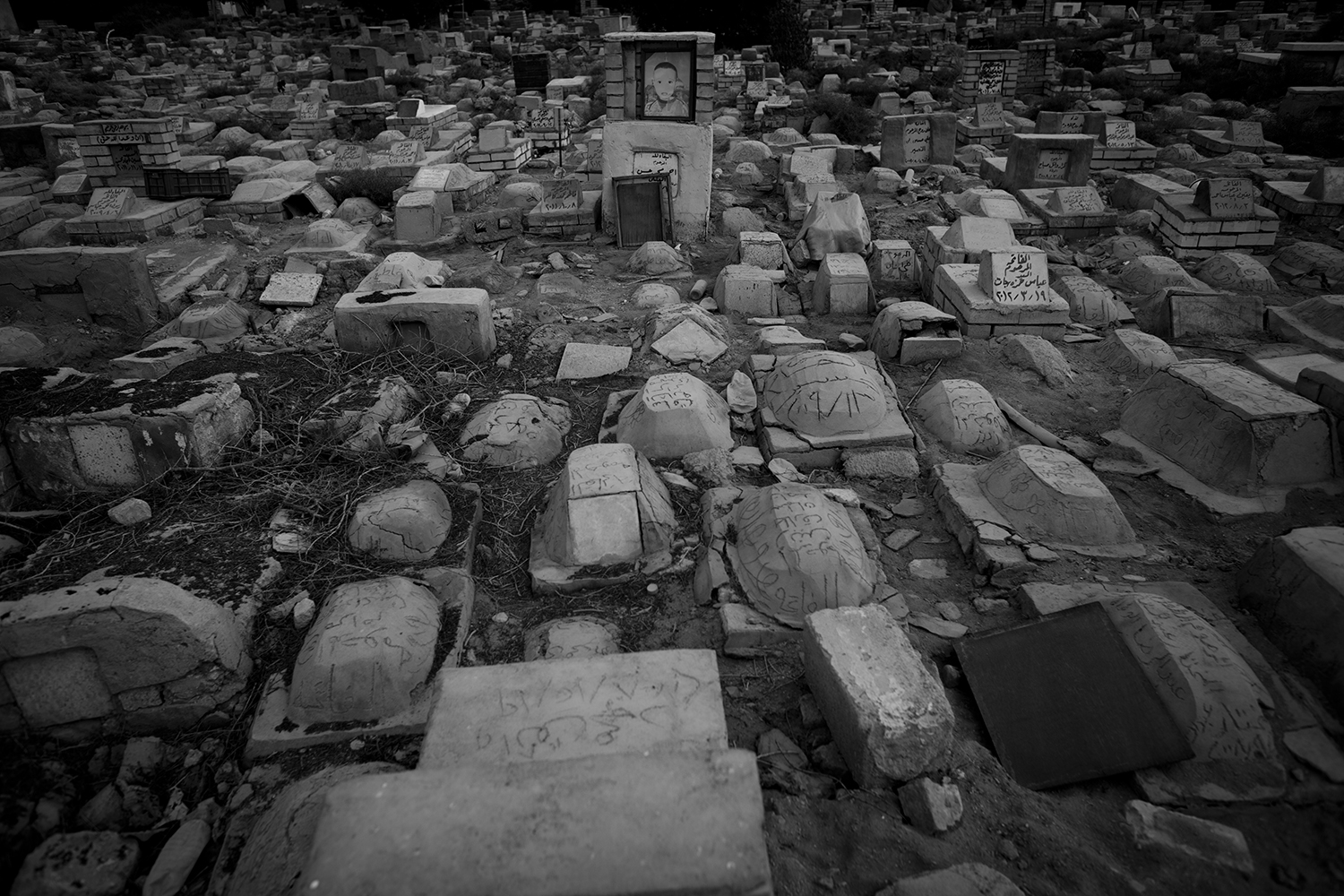
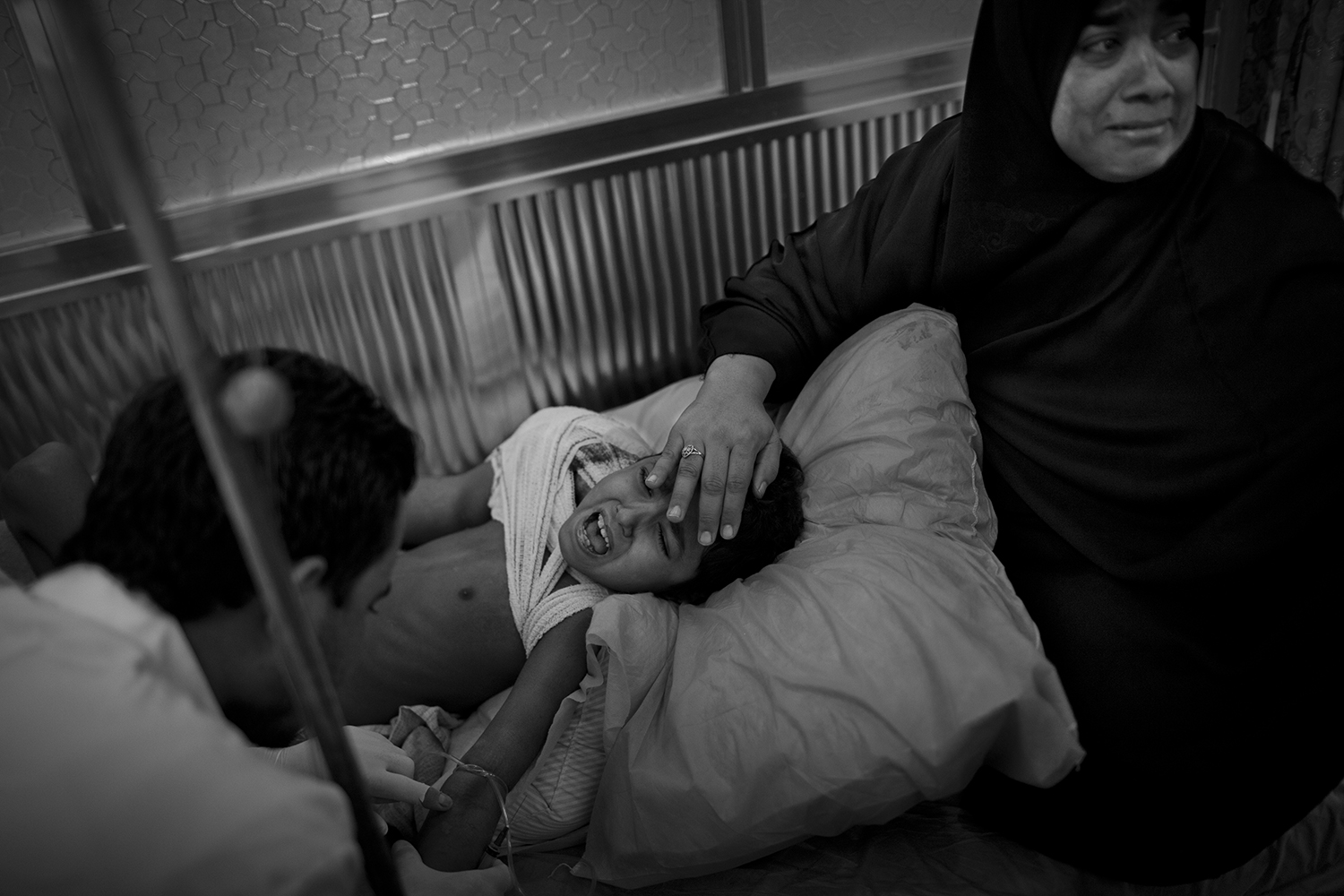
More Must-Reads from TIME
- Cybersecurity Experts Are Sounding the Alarm on DOGE
- Meet the 2025 Women of the Year
- The Harsh Truth About Disability Inclusion
- Why Do More Young Adults Have Cancer?
- Colman Domingo Leads With Radical Love
- How to Get Better at Doing Things Alone
- Michelle Zauner Stares Down the Darkness
Contact us at letters@time.com